Copyright © Everyday Narrative 2024. All rights reserved.
Copyright © Everyday Narrative 2024. All rights reserved.
- An Everyday Narrative Gallery Special -
How big is Earth?
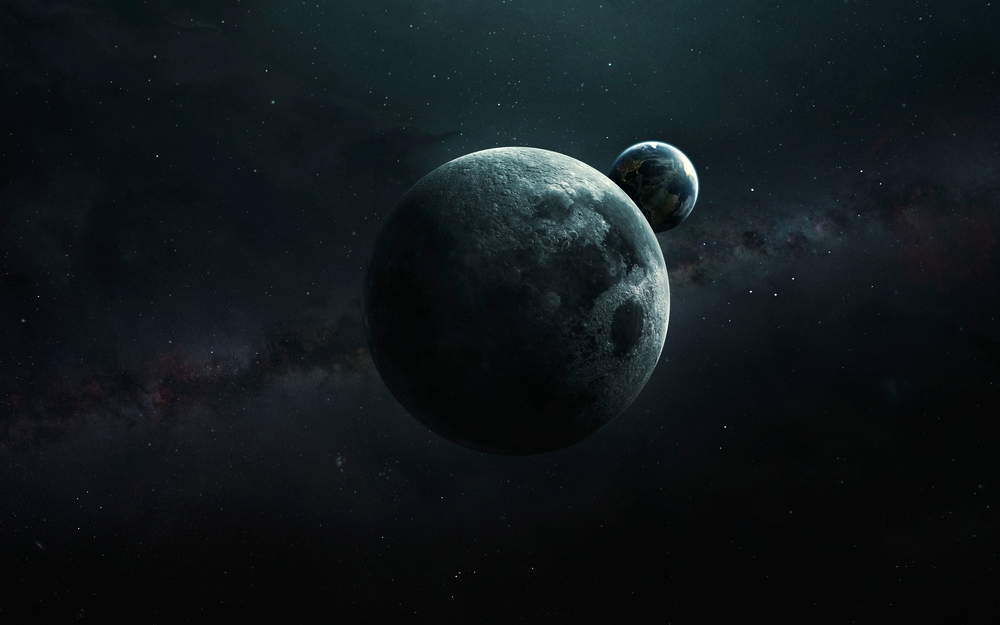
Earth, with a diameter of about 12,742 kilometres (7,918 miles), is the largest of the terrestrial planets but significantly smaller than the gas giants. Here’s a closer look at how Earth stacks up against its planetary neighbours:
Jupiter
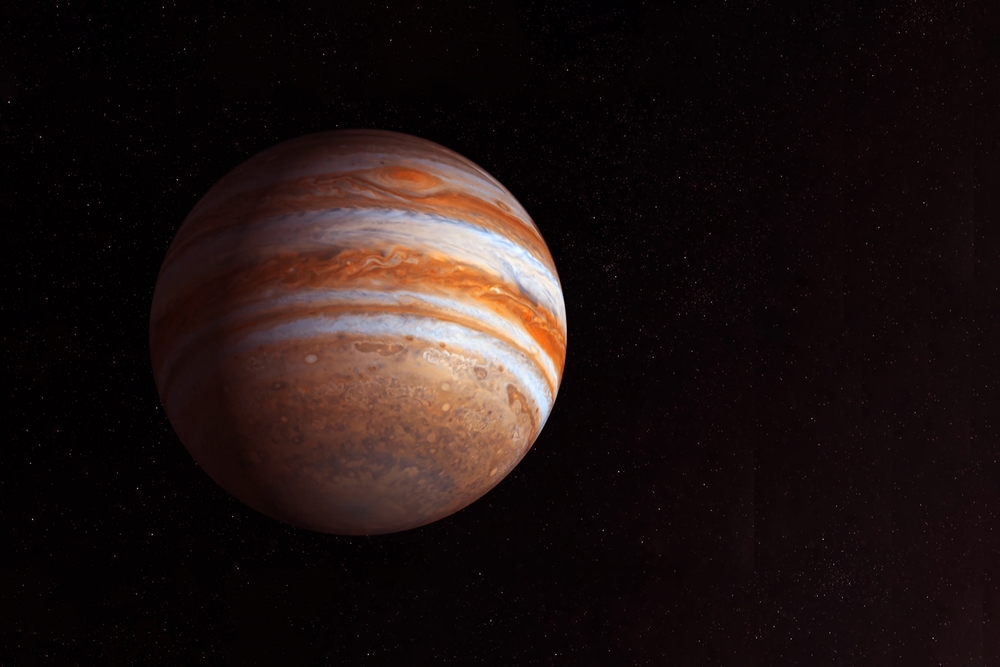
Diameter: 139,820 kilometres (86,881 miles)
Jupiter is the largest planet in our solar system, with a diameter more than 11 times that of Earth. This gas giant’s massive size means it could fit all the other planets inside it with room to spare. Its immense volume and powerful magnetic field make it a dominant force in the solar system. The Great Red Spot, a gigantic storm larger than Earth itself, highlights its turbulent atmosphere.
Saturn
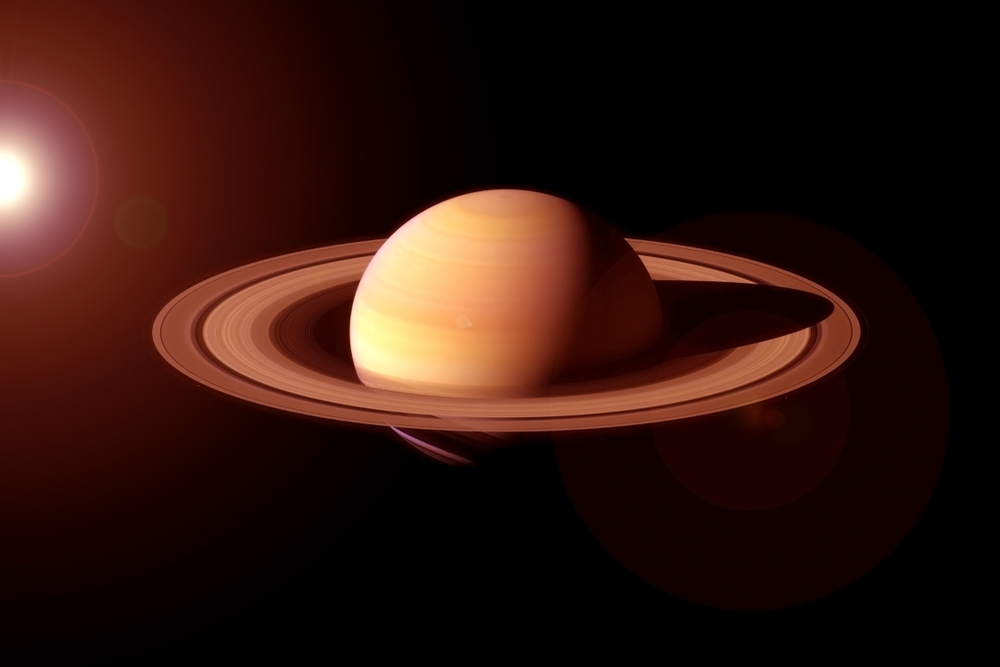
Diameter: 116,460 kilometres (72,366 miles)
Saturn, the second-largest planet, is renowned for its stunning ring system. Its diameter is about 9 times that of Earth. Despite its size, Saturn is the least dense planet, with a density lower than water. If there were a bathtub large enough, Saturn would float. Its rings, composed of ice and rock, are one of the most visually striking features in the solar system.
Uranus
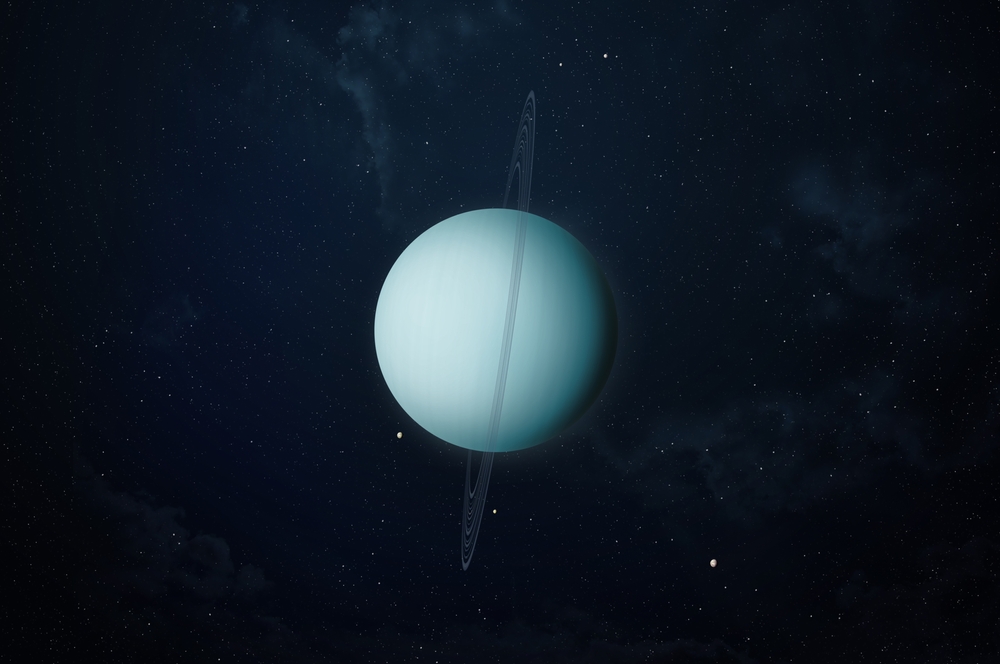
Diameter: 50,724 kilometres (31,518 miles)
Uranus stands out with its unique sideways rotation and pale blue colour. It has a diameter approximately 4 times that of Earth. This ice giant is composed mainly of hydrogen, helium, and methane, which gives it the characteristic blue hue. Uranus also has a faint ring system and numerous moons, contributing to its distinct profile among the planets.
Neptune
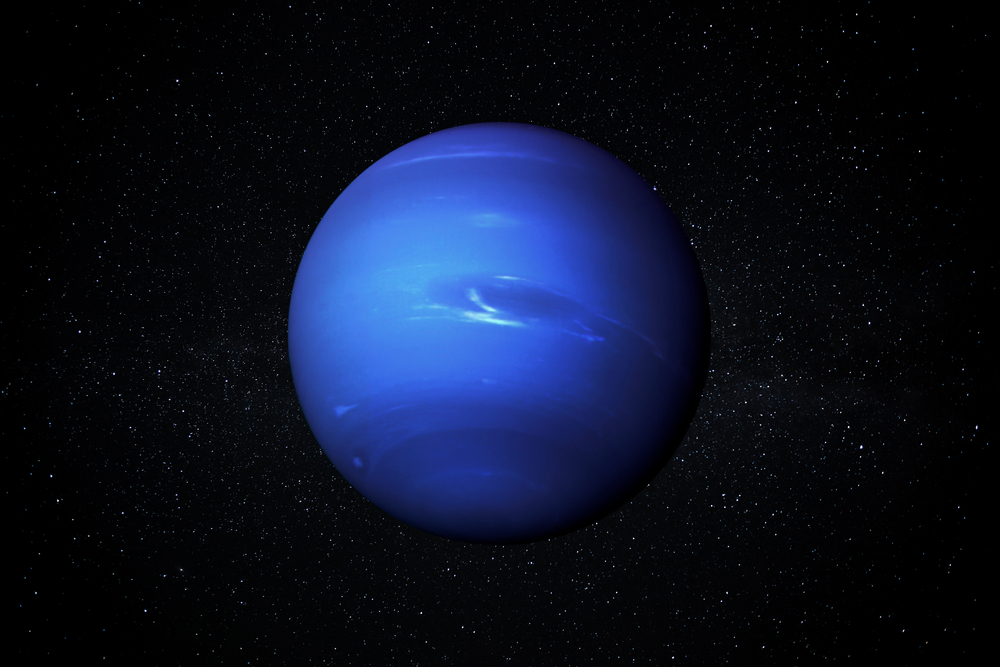
Diameter: 49,244 kilometres (30,598 miles)
Similar in size to Uranus, Neptune has a diameter about 4 times that of Earth. This ice giant is known for its deep blue colour and strong winds, the fastest recorded in the solar system. Neptune’s dynamic atmosphere and storm systems, like the Great Dark Spot, are reminiscent of Jupiter’s Great Red Spot, showcasing the planet’s turbulent weather patterns.
Earth
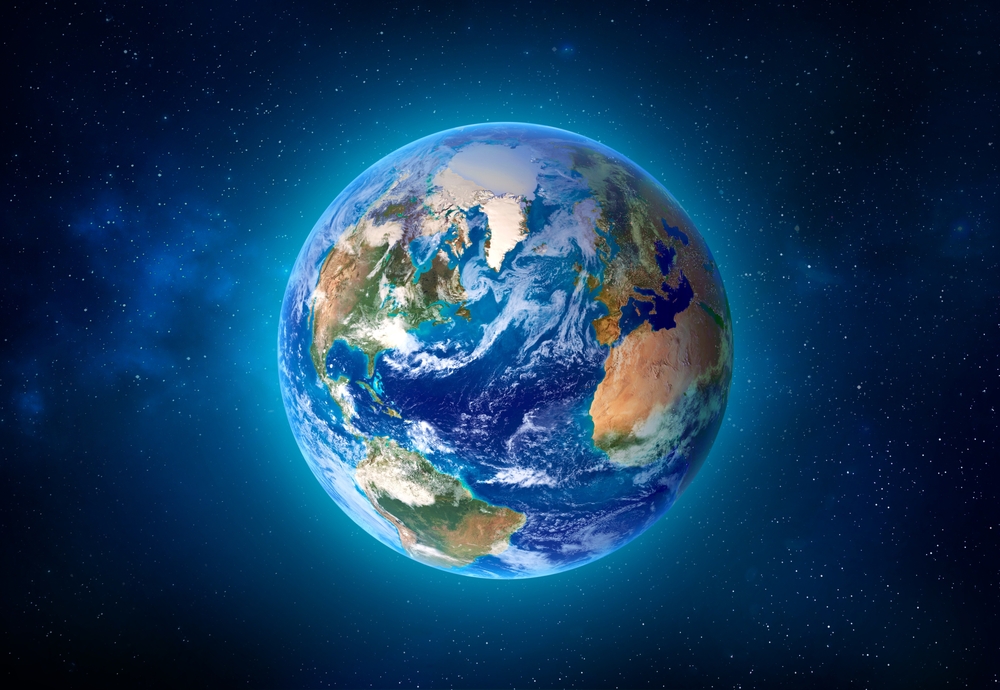
Diameter: 12,742 kilometres (7,918 miles)
Earth is unique for its abundant liquid water, diverse ecosystems, and life. It’s the largest of the terrestrial planets, providing a habitable environment with a balanced atmosphere of nitrogen and oxygen. Earth’s diameter, while modest compared to the gas giants, supports a dynamic geological and ecological landscape, making it a singularly remarkable planet in the solar system.
Venus

Diameter: 12,104 kilometres (7,521 miles)
Venus is often called Earth’s twin because of its similar size and composition, with a diameter just slightly less than Earth’s. However, its surface conditions are drastically different, with extreme temperatures and a thick, toxic atmosphere composed mainly of carbon dioxide. Venus’s surface is shrouded in thick clouds of sulfuric acid, making it one of the most inhospitable places in the solar system.
Mars
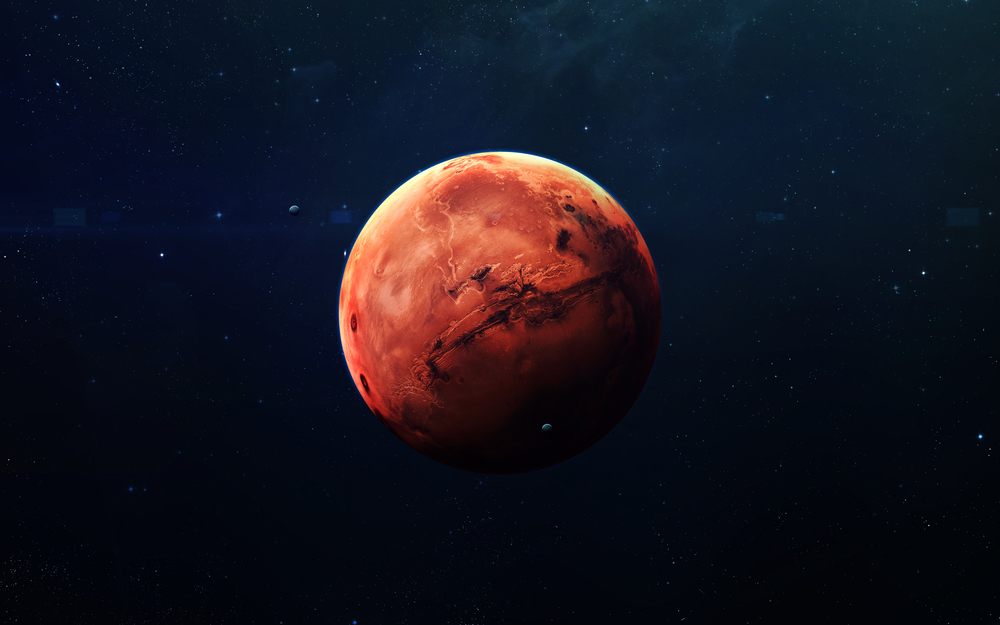
Diameter: 6,779 kilometres (4,212 miles)
Mars, with a diameter about half that of Earth, is known for its red colour due to iron oxide on its surface. Often called the Red Planet, Mars has the largest volcano and the deepest canyon in the solar system. Its thin atmosphere and evidence of past water flows have made it a prime target for exploration and the search for past life.
Mercury
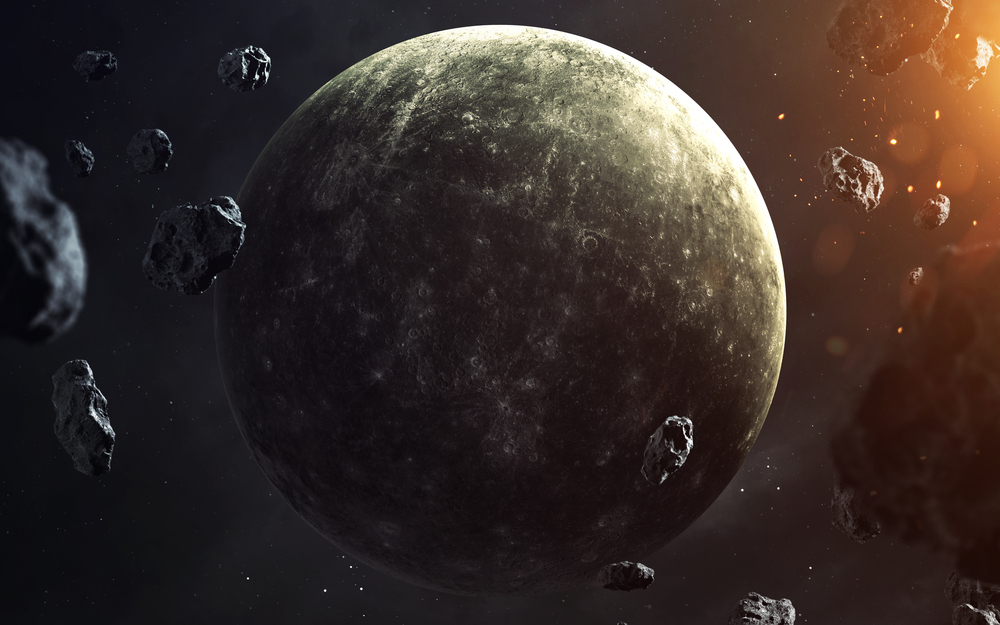
Diameter: 4,880 kilometres (3,032 miles)
Mercury is the smallest planet, with a diameter about one-third that of Earth. It has a cratered, rocky surface similar to our moon. Mercury’s proximity to the Sun results in extreme temperature variations, from scorching heat during the day to freezing cold at night. Despite its small size, it has a significant iron core, contributing to its high density.
Pluto (Dwarf Planet)
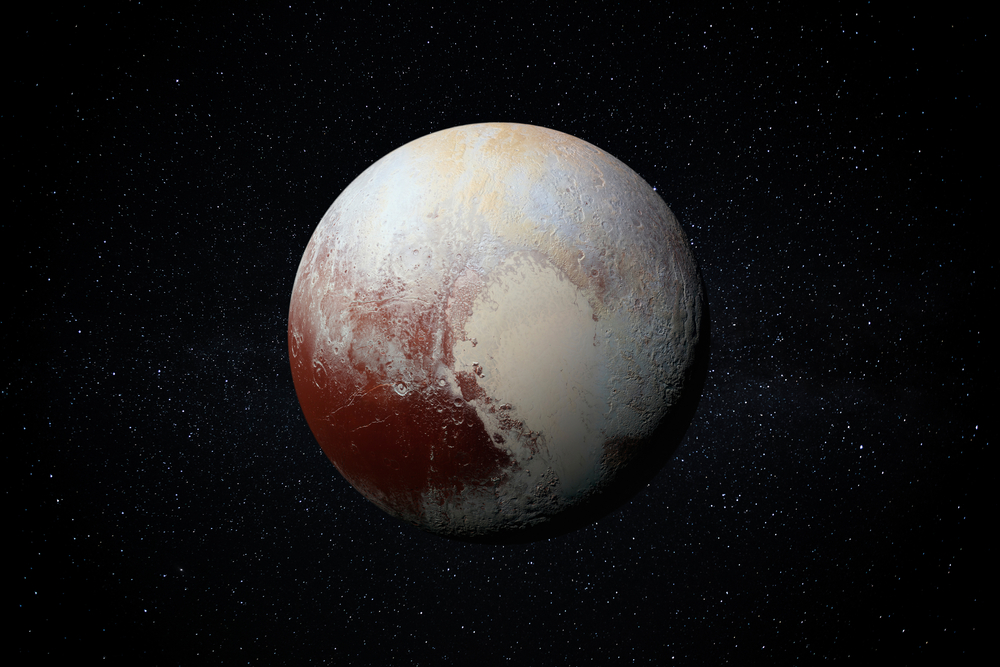
Diameter: 2,377 kilometres (1,477 miles)
Though no longer classified as one of the main planets, Pluto remains an intriguing world. Its diameter is less than one-fifth that of Earth. Located in the Kuiper Belt, Pluto has a complex surface with mountains, valleys, and possibly subsurface oceans. Its reclassification as a dwarf planet hasn’t diminished its interest, particularly since the New Horizons mission provided detailed images and data in 2015.
Unique Earth

The comparative sizes of planets in our solar system highlight the remarkable diversity and scale of celestial bodies orbiting the Sun. From the massive gas giants like Jupiter and Saturn, which dwarf Earth many times over, to the smaller terrestrial planets like Mars and Mercury, each planet offers unique characteristics and mysteries.
Earth, though not the largest, is uniquely positioned in the solar system with conditions that support life, setting it apart from its planetary neighbours. Understanding these size differences not only gives us perspective on our place in the solar system but also inspires curiosity and exploration of the vast universe beyond.
Gallery Specials
Latest Articles
- Disney Remakes the Timeless Classic ‘Snow White’
- Here’s what to expect from Season 4 of Slow Horses, only on Apple TV+
- Marvel’s ‘Agatha All Along’ coming soon
- Adam Sandler Announces ‘Happy Gilmore 2’
- Jennifer Lopez files for divorce from Ben Affleck to end her fourth marriage
- On this day in 1995, the Battle of Britpop reached its climax
- Vince Vaughn Returns in the New Dark Apple TV+ Comedy ‘Bad Monkey’
- Matt Damon and Casey Affleck lead a star-studded cast in ‘The Instigators’
- The anticipation builds for ‘The Last of Us’ Season 2
- Has Simone Biles cemented her place as the greatest American Olympian of all time?
- Anticipation grows for the Disney sequel ‘Moana 2’
- A battle begins at Royal Troon for The Open Golf Championship 2024
- The evolution of binge-watching
- Tom Hanks reunites with Robin Wright in ‘Here’
- Taylor Swift’s ‘Eras Tour’ is a phenomenal success















